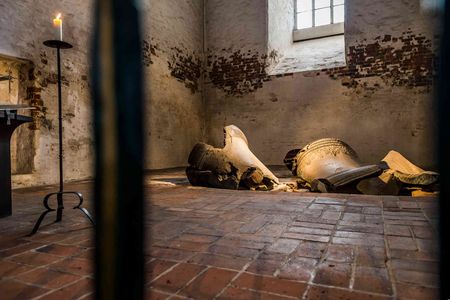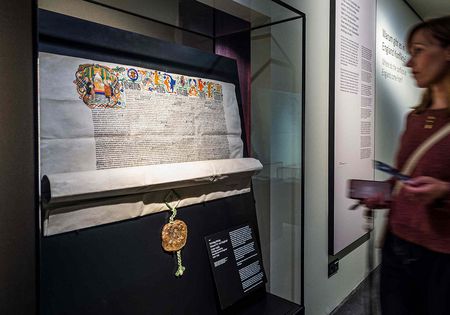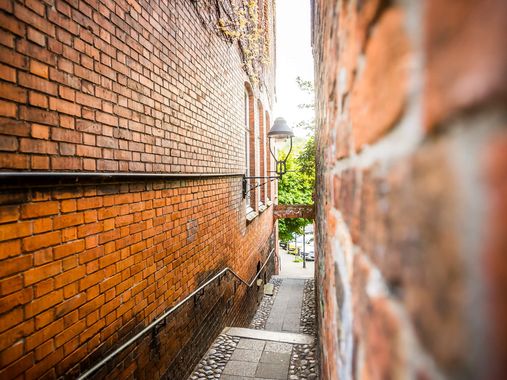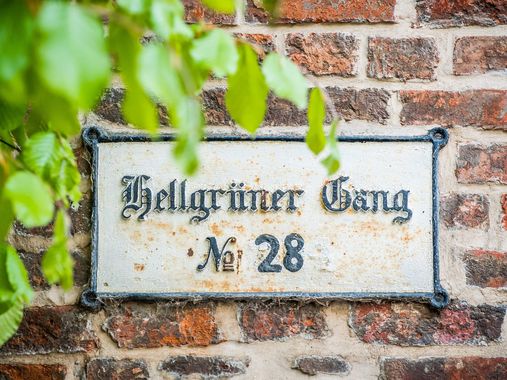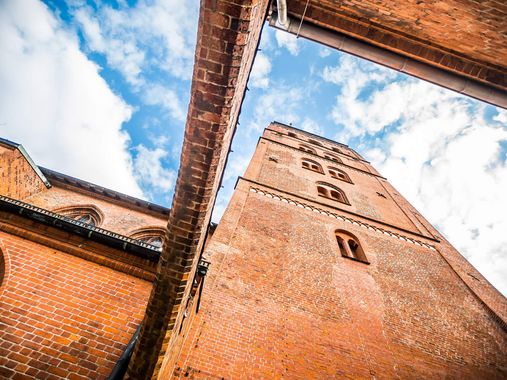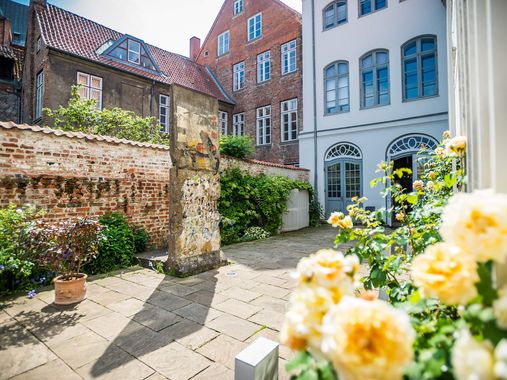A TREASURE ISLAND IN LÜBECK’S OLD TOWN
When UNESCO listed the medieval heart of Lübeck’s Old Town as a World Heritage Site, it was the first time that the honour had been granted to an entire district of a town in northern Europe. Lübeck owed its inclusion to the outline of the town, which was built to a plan and preserved to this day, the original historical buildings and the unmistakeable cityscape with the five Gothic brick churches, with their seven spires. Take a stroll through the Old Town and you will be right in the centre of this unique World Heritage Site. Follow the paths running from North to South and the cobbled streets leading down to the Trave and the canal, like so many thousands before you, who either lived in Lübeck or visited it in past centuries. Discover the treasures of all sizes and find out how people live their lives today behind the old walls.
